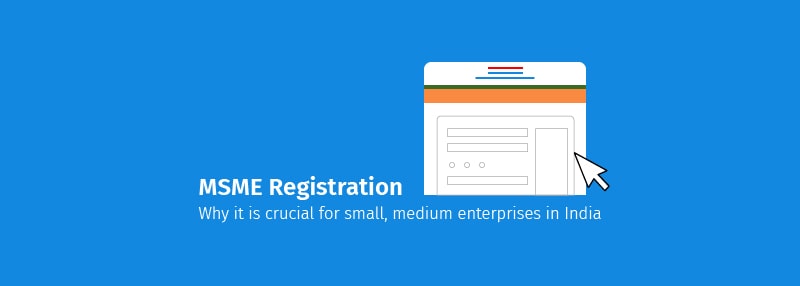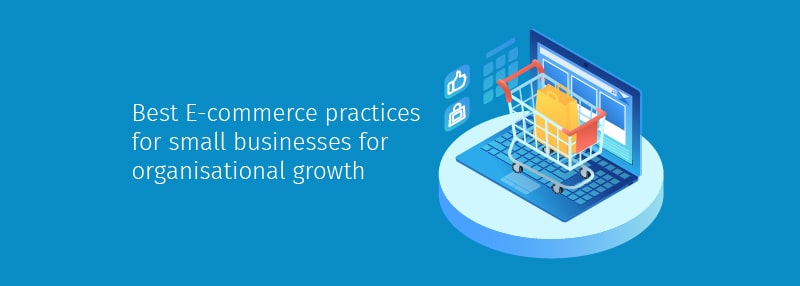
With gender equality becoming more and more vital around the world, the MSME ministry chose to empower women even more 1.38 lakh projects have been set up by the women entrepreneurs under Prime Minister’s Employment Generation Programme (PMEGP) Scheme since inception up till 23/01/2019.
The projects set up by women entrepreneurs are about 30 per cent of total projects set up under PMEGP. Despite having limited resources and lesser opportunities, women entrepreneurs from rural areas have shown immense potential to add value to the Indian economy by entering the MSME sector.
According to a data by Startup India, while only 13.76 per cent of the total entrepreneurs in India are women which is close to merely 8 million as opposed to male entrepreneurs who just crossed a whopping 50 million mark, these financial schemes launched at the State and Central level could do a great deal in boosting women entrepreneurship. While researching for these schemes, we got in touch with a couple of women entrepreneurs to find out how they benefitted from these government schemes.
It was quite unfortunate, that most of these talented women entrepreneurs had little/no idea about these schemes. However, there were a few women who stepped out of their cages and chose to make the most of these schemes and become economically independent. So, if you’re a woman and have a knack for running a business, this article will give you an insight as to how these government initiatives could help you build your own enterprise.
Mudra Yojana Scheme
This is a general government scheme for women who want to kickstart their entrepreneurial journey on a small scale such as, beauty parlour, tuition centre, tailoring unit, etc. The scheme also caters to a group of women who wish to collaborate and start a business. Loans from Rs 50,000 onwards and up to Rs 50 lakh are sanctioned under this scheme. For loan amount exceeding Rs 10 lakhs, collateral and guarantors are required. The three plans under this scheme are: Shishu plan (loans up to Rs 50,000 for new businesses), Kishor plan (loans between Rs 50,000 and Rs 5 lakh for well-established enterprises), and Tarun plan (loans between Rs 5 lakh and Rs 10 lakh for business expansion).
TREAD (Trade-Related Entrepreneurship Assistance and Development) Scheme
To run any business successfully, one needs a certain amount of expertise which would further help in building the enterprise in a better way to compete in the market. To achieve this crucial step, PMEGP’s initiated this scheme called TREAD, which aims at empowering women by providing credit to projects, conducting specific training and counselling, and disseminate knowledge for their business. The scheme provides for a government grant of up to 30% of the total project cost as appraised by lending institutions. These institutions would finance the other 70%.
Mahila Udyam Nidhi Scheme
Initiated primarily to offer financial assistance up to Rs 10 lakhs, to small-scale business models, this scheme aims to help women set up new projects and promotes upgrading and modernisation of existing projects. With interest rates varying according to the market rates, the loans are to be repaid within 10 years, and this includes a five-year moratorium period.
Annapurna Scheme
As the name suggests, this scheme is especially for the hidden chefs inside women. Even a hobby as amazing as cooking can now make you an entrepreneur with the Annapurna Scheme. To start a catering unit, women can avail loan up to Rs 50,000 to purchase kitchen equipment such as utensils and water filters. Collateral in the form of assets and a guarantor is required to avail this scheme and the loan must be repaid within the span of 3 years. Women who avail this loan also get a grace period of one month before the repayment process starts. Interest rates under this scheme vary as per market rates and assets will be taken as collateral by the concerned bank.
Stree Shakti Package for Women Entrepreneurs
To avail loan under this scheme, women need to be enrolled in the Entrepreneurship Development Programme (EDP) in their respective state agency. They also would need to have majority ownership (over 50%) in a small business. Under the scheme, an interest concession of 0.05 per cent can be availed on loans above Rs 2 lakh.
Bhartiya Mahila Business Bank Loan
Bhartiya Mahila Business Bank Loan’s focus is to provide financial assistance to underprivileged women. Women under this scheme can avail loan up to Rs 20 crores which are to be repaid in seven years. Under the Credit Guarantee Fund Trust for Micro and Small Enterprises, there is no need for collateral for loans up to Rs 1 crore. The base rate of interest on this loan is 10.25% to which an additional 2% is added, making the rate of interest 12.25%.
In an inspiring story mentioned in yourstory.com, Nirmala Devi became financially independent by receiving a loan of Rs 25,000 from Bharatiya Mahila Bank to set up a shop in Aant village. Similarly, the bank also disbursed Rs 5 lakh to a women entrepreneur in Gujarat to make chocolate bouquets.
Dena Shakti Scheme
Women entrepreneurs who are involved in agriculture, manufacturing, micro-credit, retail stores or similar enterprises can avail loan under this scheme. Under the micro-credit category, loans offered are up to Rs 50,000 with a concession of 0.25% on the rate of interest. Loans of up to Rs 20 Lakhs are sanctioned under the category of education, housing and retail trading.
Cent Kalyani Scheme
Women business owners who manage MSMEs or are involved in agricultural work or engage in retail trading can avail loan under this scheme. Loans up to Rs 1 crore are sanctioned and no collateral or guarantors are required with interest rates depending on the market. Another advantage of availing loan under this scheme is that there is no processing fee for businesswomen.
Udyogini Scheme
Women entrepreneurs involved in agriculture, retail and similar small businesses between the ages 18-45, whose family’s annual income is less than Rs 45,000 are eligible to avail up to Rs 1 Lakh. The main advantage of the Udyogini Scheme is low-interest rates on business loans and no income limit for widowed, destitute or differently-abled women and a subsidy of 30% of the loan, or Rs 10,000 (whichever is lower) is provided for them. Similar is the case for women falling under the SC/ST category as well. For women who belong to the general category, a subsidy of 20% of the loan or Rs 7500 (whichever is lower) is provided.
So, ladies, why wait any longer to showcase your entrepreneurial tactics to the world? Go ahead and make the most of these government schemes introduced just for you and make a difference in the world of business.









